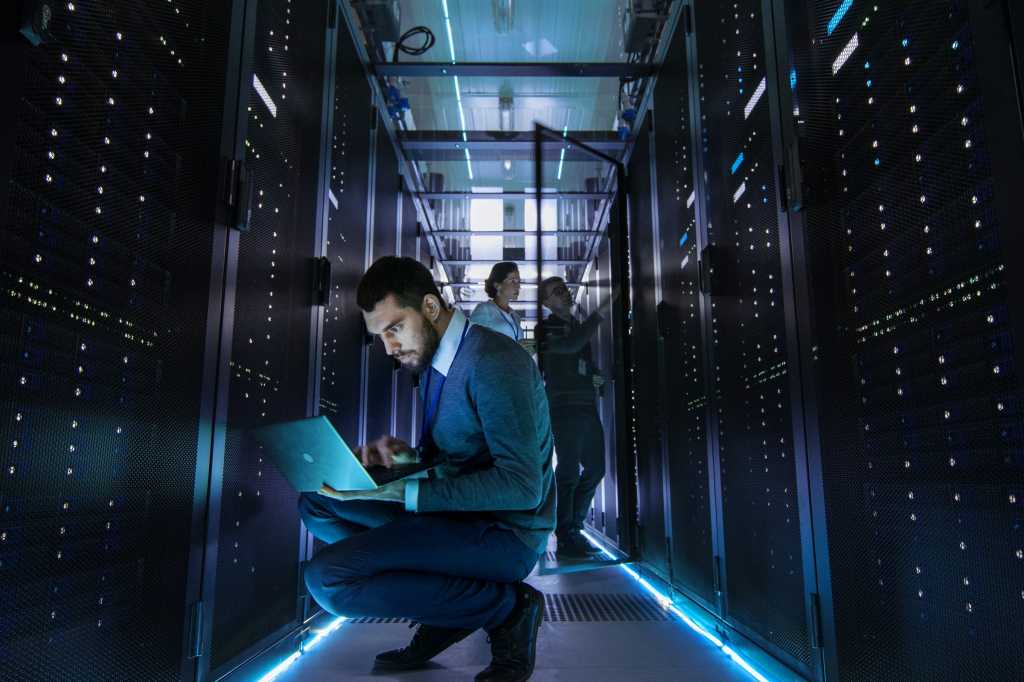Moving up the maturity scale will require data center operators to learn how to collect, manage, and analyze data. “You might also need to hire analysts and data scientists,” said Smolaks.
However, AI can also help alleviate some staffing issues.
There are many procedures that haven’t been documented, and data centers rely on engineers to know what handle to turn, what toggle to tweak, he said. “But there aren’t enough engineers,” he says. “We’re facing a staffing shortage – and also a silver tsunami. The most experienced people are going to leave.” AI can be used before they leave in order to codify their knowledge in software, he said.
4. Direct liquid cooling won’t solve efficiency challenges
Direct liquid cooling is exciting and has very promising physics, said Davis, and expectations for data center adoption are high. “But there are some challenges yet to be solved,” she added.
For example, one downside to liquid cooling is the impact on resiliency, she said. If there’s an outage that affects a liquid cooling system, temperatures may rise more quickly than with an air-cooled system, she said. “Some cold plate systems might offer less than a minute of ride-through time due to the small amount of coolant that they contain.”
In addition, the efficiency of liquid cooling is limited by the gradual pace of adoption, she said. Many data centers have hybrid cooling environments or shared infrastructure, and there are trade-offs between cooling performance, capacity, and interoperability.
As a result, liquid-cooling and air-cooling systems will probably coexist in data centers for several years, she said, which limits opportunities for optimization. “The net impact of direct liquid cooling is going to be an investment in performance rather than an investment in efficiency,” she said.
5. Hyperscale campuses emerge
Massive new hyperscale colocation campuses will emerge to meet surging compute demand, spanning upwards of millions of square meters and gigawatts of power capacity, Uptime predicts. They will support different types of tenants, including hyperscale cloud providers and individual enterprises looking for colocation space, according to research analyst John O’Brien.
The biggest of these will be in North America, but other hyperscale campuses are being developed in the Asia-Pacific region and elsewhere. “There’s massive scale in and around North Virginia,” he said. “The level of investment dwarfs that of other regions – we’re looking at $45 billion being spent there, four times more than the next nearest region which is Asia Pacific.”
The biggest challenges these facilities face are power, he said, and ensuring the use of renewable or carbon-free energy. Other issues that affect location include connectivity, proximity to customers and other data centers, taxes and regulations, and the labor pool. When these new hubs do arise, they’ll be networked globally and have new levels of automation, efficiency, and power, O’Brien said.

